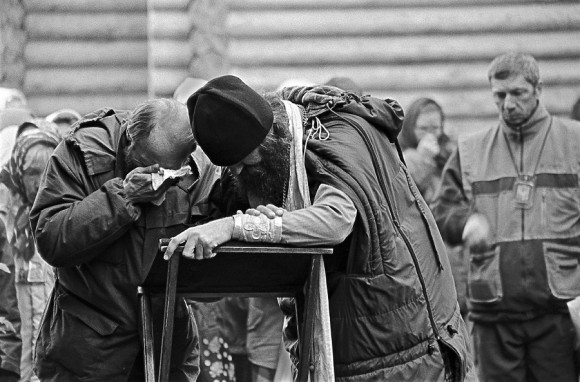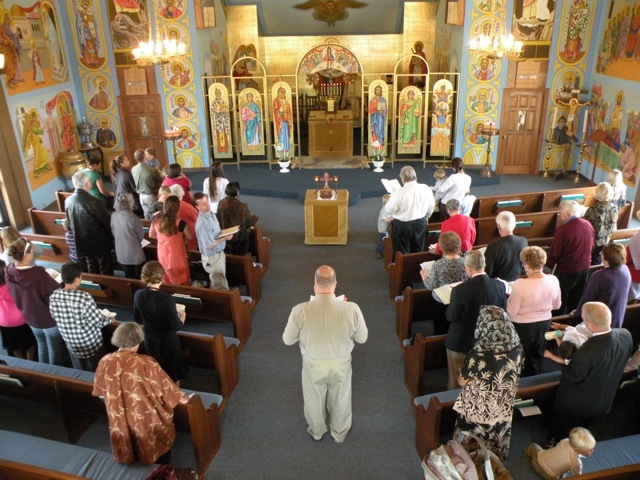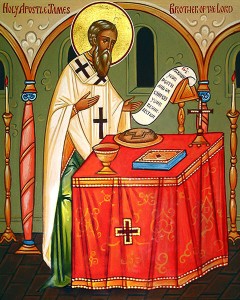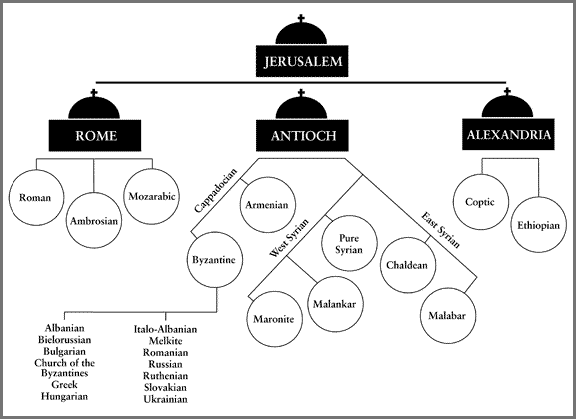Listening to the Liturgy
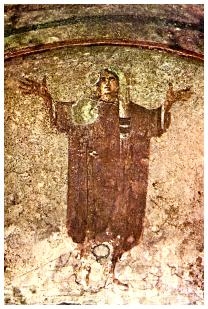 A couple of days ago I wrote a post entitled Lex Orandi, Lex Credendi but I realized today that I never explained what that phrase actually means. Bad Pilgrim!
A couple of days ago I wrote a post entitled Lex Orandi, Lex Credendi but I realized today that I never explained what that phrase actually means. Bad Pilgrim!
Long before there was the Nicene Creed or the official Biblical canon, there was the worship of the Church. Ever since Pentecost, Christians have gathered together to pray and to celebrate the Sacraments. Therefore, when issues arose in the Church, such as when the canon was being solidified or the creeds were being written, the Bishops would look to the worship of the Church to provide their theological framework in which to address these issues.
It is to this principle that “Lex Orandi, Lex Credendi” refers. It is a Latin phrase which means:
“The law (‘lex’) of prayer (‘orandi’) is the law of belief (‘credendi’)”
This phrase is first found in the works of a Fifth Century Christian writer called Prosper, who was a disciple of St. Augustine:
“Let us consider the sacraments of priestly prayers which, having been handed down by the apostles, are celebrated uniformly throughout the whole world and in every catholic Church so that the law of praying might establish the law of believing“ – Prosper of Aquitaine
It’s a bit like the phrase “You are what you eat”, maybe something like “You believe what you pray”. This is why liturgy was so important to the ancient Church and it’s why it’s important today.
I’ll admit, it took me a long to really wrap my head around why Catholics put such an emphasis on what happens on Sunday mornings. It was only when I started studying the worship of the Early Church that I began to realize its importance and begin to understand the teaching and creedal role of the liturgy. Our liturgy demonstrates what is important to us. It expresses (among other things) what we believe about God, how we understand ourselves and the Church.
So why am I bringing this up? Well, yesterday afternoon I went to Vespers at my Byzantine parish and noticed a couple of things in the liturgy that got me excited which I wanted to share…
